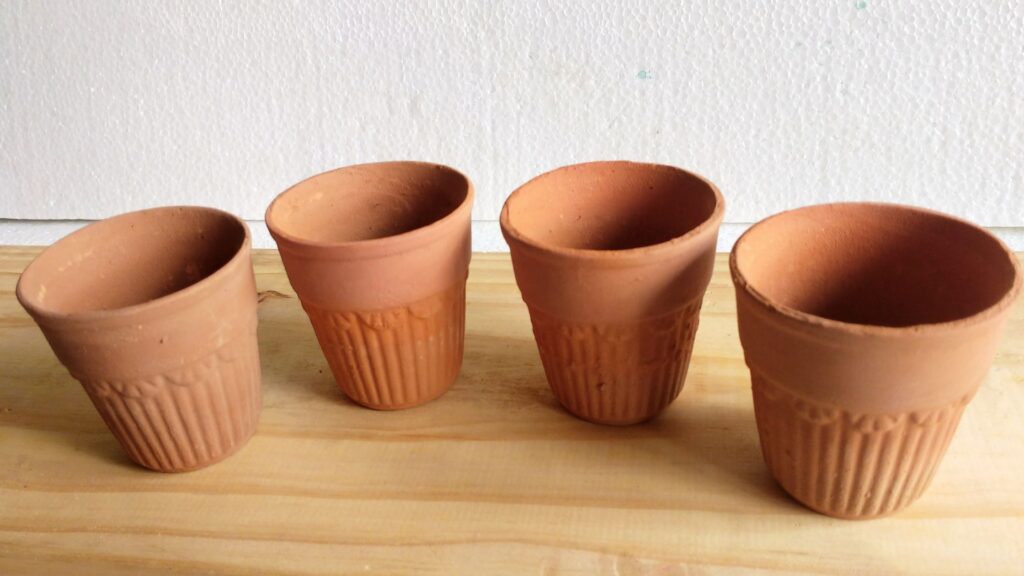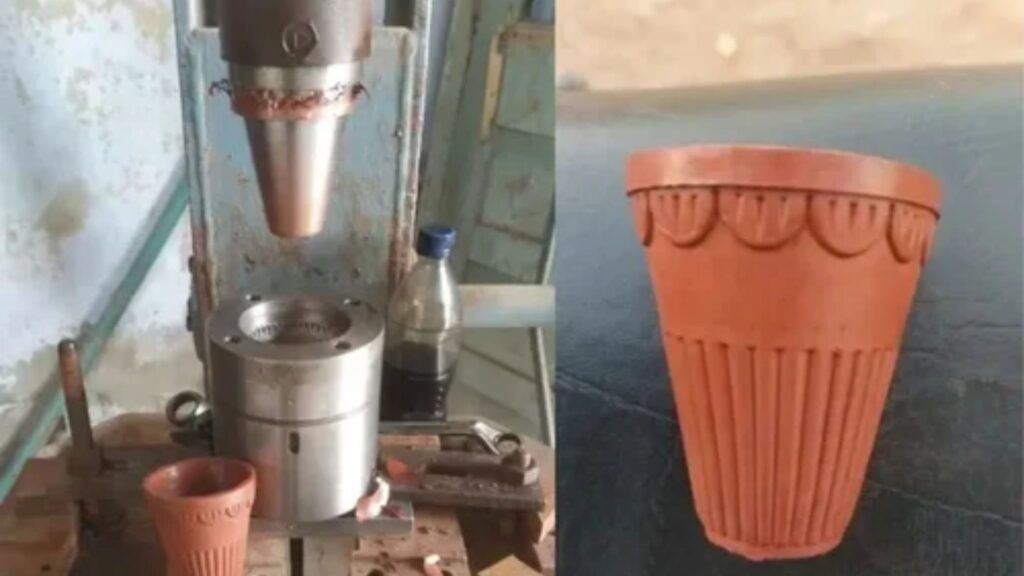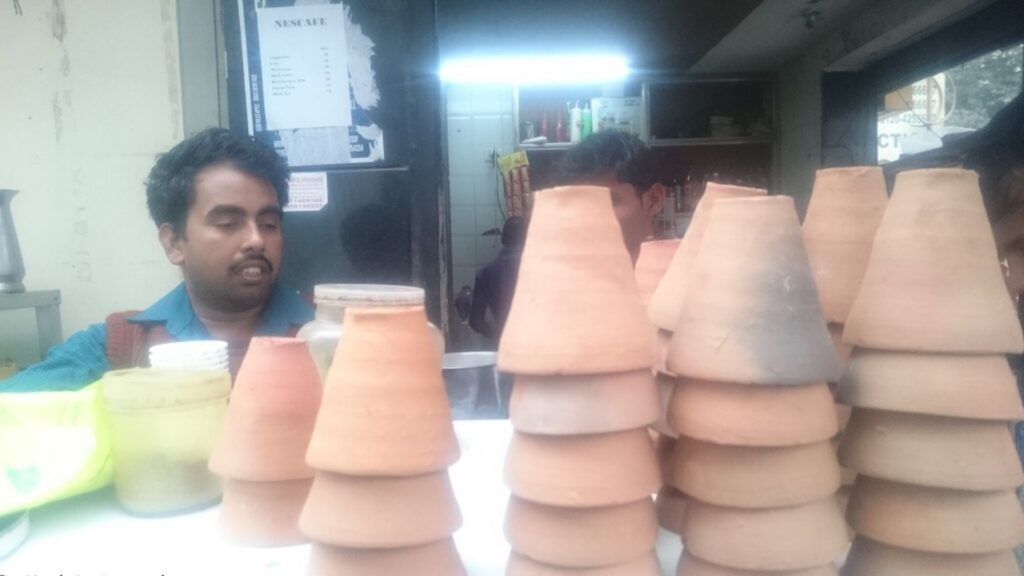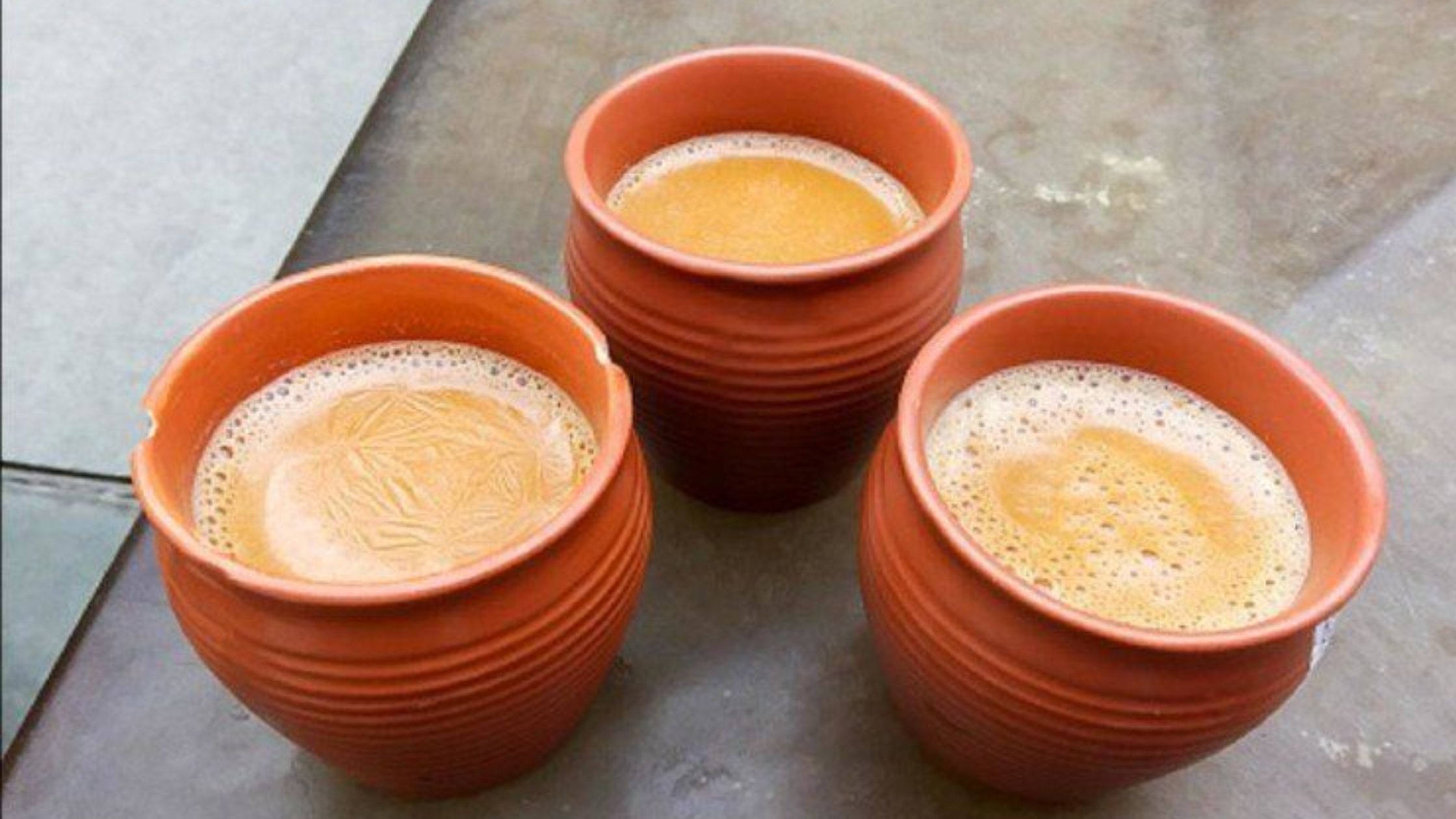A kulhad business that specializes in traditional clay cups can be a profitable venture that requires minimal initial investment. In the beginning, the main focus should be on sourcing or manufacturing quality kulhads. These traditional cups are usually handmade and made from clay, which you can obtain from local suppliers or markets. Working with local artisans or setting up a small kiln yourself can be a cost-efficient way to go. It is important to ensure that the kulhads are carefully crafted so that their traditional charm and sturdiness are maintained.

Once the kulhads are prepared, it is important to set up a home workspace where you can store and pack the products. This space should be clean and organized so that the kulhads are protected from any damage and handling is convenient. Investing in packing materials such as bubble wrap and sturdy boxes can keep the kulhads safe during shipping. Additionally, having a designated area to manage orders and customer service will also make operations streamlined and effective. For effective marketing, a wider audience can be reached using online platforms such as social media and e-commerce websites.
Table of Contents
1. The Essential Guide to Building High-Quality Axes: Clay Selection, Machinery, and Best Practices
To make kulhads, you need clay and a machine. The quality and type of clay affects the design and strength of your kulhad. You should get clay from a reliable source where you can get high quality clay. Local potter workshops or artisans who make earthen pots are good places to start. These places can get you clay for ₹5,000 to ₹10,000, which will ensure the texture and durability of your kulhad. While buying clay, also make sure that it is pure and free from contaminants so that the quality of the kulhar is not affected.

While selecting a machine, you should look at the type and features of the machine. There are many types of machines buy www.indimart.com website for making kulhad that work manually or semi-automatically. It is important to keep in mind the capacity of the machine, ease of use, and maintenance requirements. A good quality machine can make kulhars of uniform size and design. While choosing a machine, do not forget to check its warranty and after-sales support.
You must follow certain practices to integrate the clay and the machine in a better way. First, the clay must be kneaded well and then put into the machine, which gives the clay a good consistency and texture. Correct calibration and adjustment of the machine is also important so that the quality of the kulhars remains constant. It is also important to clean and maintain the machine parts regularly, so that the machine remains durable and effective for a long period. This way you can get high quality and aesthetic kulhars that will be perfect for your business or personal use.
2. Improving the customer experience: The appeal of axes for different eateries
To make connections with businesses that require kulhads, you can approach them in various ways. Businesses like chaiwalas, sweet shops, dhabas, restaurants, and cafes can provide a special and traditional experience to their customers by using kulhads.

Chaiwalas can use kulhads to give their customers a traditional experience. The warmth and earthy scent of the kulhad enhances the taste of the tea, making the tea offering unique and attractive. In this way, chaiwalas can present their tea as a special offering, which attracts more customers.
Sweet shops can also use kulhads as a traditional way of serving sweets. Serving sweets in kulhads, especially during festive seasons or special occasions, adds a unique touch to the presentation of the sweets. Different designs and shapes of kulhads can be a favorable choice for sweet shops.
Dhabas, which are usually located on the roadside and are known for their rustic feel, can provide a traditional and rustic ambiance by using kulhars. Using kulhars, especially with tea, milk, and traditional foods, can add to the ambiance of the dhaba, giving customers a unique experience. Using kulhars can also strengthen the brand identity of the dhaba, making it stand out from other competitors.
In restaurants, kulhars can be used for special occasions, such as events or important menu items. The elegance and traditional touch of kulhars create a unique blend with modern and fusion recipes. Moreover, using kulhars can make the presentation of food more appealing and memorable, giving customers a special experience.
In cafes, kulhars can be used with tea, coffee, and other beverages. The warmth and earthy scent of kulhars can make the ambiance of the cafe even more cozy and inviting. The use of kulhars in cafes provides a distinctive and local experience, which helps to bring customers into a unique atmosphere. Different designs and colours of kulhars can give a special look to the interiors of the cafe.
To build a relationship with these businesses, you can explain to them the features and benefits of kulhars and display different types of kulhars that they can use. By partnering with your business, they can make their service even more attractive and distinctive, which will ultimately provide a better experience to their customers.
3. Kulhar Price Trends: How Bulk Buying Results in Higher Profits
Kulhads, traditional clay cups, are popular in the Indian market due to their ecological friendliness and cultural significance. Retail prices of kulhads typically range between ₹1 and ₹2, reflecting their affordable and widespread use case. This price point attracts a wide customer base across a variety of settings, from roadside tea shops to upscale restaurants, and makes kulhads a sustainable option for those seeking a traditional drinking experience.

In contrast, when kulhads are purchased in bulk, the pricing dynamics change significantly. For bulk buyers, the cost can be significantly lower, possibly as low as ₹0.50 per unit. This massive cost reduction is made possible by mass production and distribution. Wholesale suppliers can reduce the production cost per unit when ordering large quantities, allowing them to pass on these savings to bulk buyers. This lower wholesale price allows businesses that buy in bulk and then sell at a retail price to achieve higher profit margins.
For vendors and businesses, buying at ₹0.50 per axe and selling at ₹1 to ₹2 per axe presents a profitable opportunity. The difference between wholesale and retail prices helps them gain significant profit margins. By taking advantage of bulk buying, vendors can maximize their profitability while also offering competitive prices to customers. This business model is beneficial for those looking to enter the market, as it allows flexibility in pricing and strategic planning, helping to attract and retain customers.
4. Start a profitable clay kulhad business in a budget of ₹70,000 to ₹80,000
Starting a clay business for Rs 70,000 to Rs 80,000 can be practical and profitable from a business point of view. In this budget, you can buy a basic clay kulda making machine, which will help in making kuldas of different sizes and types. It is important to pay attention to the quality, production capacity, and durability of this machine so that there are no technical problems at the very beginning. Raw material i.e. clay is also an important component. You have to buy high quality clay in sufficient quantity, so that the quality of the kuldas can be maintained. The supply of clay should be stable and reliable so that there is continuity in production.

There may also be other expenses at the construction site, such as setting up the workshop, wages, and other related materials. It is important to include these expenses in the budget so that the economic balance is maintained. Some costs will also have to be taken care of for initial marketing and sales, such as advertising, sales promotion, and setting up a distribution network. A good marketing strategy will be needed to set up the business successfully.
In addition, trained personnel may be required for the correct use and maintenance of the machine. Therefore, it is important to pay attention to this aspect as well. With the right planning and management, Kulda business can be started in this budget and run successfully, provided the costs are managed properly and the market demand is understood.
5. Profitable Kulhad Business Model: Strategies for Success and Ways to Increase Profits
If you sell a kulhar for 50 paise or ₹1, you can get an order of at least 100 kulhars from one shop per day. This business model can be profitable in the following way: Ordering kulhars per shop will give you a revenue of ₹100, if you assume the cost of 100 kulhars to be ₹1. If you do business with 20 shops, you will get an order of 2000 kulhars in total, making your total revenue ₹2000.

Talking about daily profit, if the cost of a kulhar is ₹1 and you sell 2000 kulhars, your total cost will be ₹2000. If you sell these kulhars for ₹1.50, there will be a profit of ₹0.50 per kulhar. Thus, the total profit on 2000 kulhars will be ₹1000.
Calculating the monthly profit, if you do this business daily, then there will be an income of ₹2000 in a day. For a month, i.e. for 30 days, your total income will be ₹60,000. If you assume a selling price of ₹1 per kulhar and a profit of ₹0.50 per kulhar, then the monthly profit will be ₹40,000. But if the cost and selling price change, the profit can also change in the same proportion.
The advantages of this business include low cost and high profits, allowing you to sell on a large scale and earn good profits. If the quality of your kulhars is good, there will be regular demand from shopkeepers. Also, there is no need for much investment in the beginning, which can make it attractive for small-scale traders.
However, high competition in this business can be a challenge, affecting the profit margins. Moreover, ensuring the supply of kulhads in high quantities can also be challenging. If costs increase or sales decrease, profits can be negatively affected. Thus, if you understand this business model and work with the right strategies, you can achieve better profits and success.
Conclusion
Starting a profitable kulhar business with low investment involves several key steps: finding a source of quality clay, investing in a potter’s wheel or molds, and finding skilled craftsmen when necessary. Establishing relationships with local suppliers for raw materials is important to keep costs low and ensure consistent supply.
Focusing on unique designs and high-quality products can attract customers, and effective marketing, both online and offline, can drive sales. Additionally, collaborating with local tea shops, cafes, and event organizers can provide consistent demand. By maintaining low overhead costs, using local resources, and prioritizing quality and unique offerings, a kulhar business can flourish even with a small initial investment.
If u want to Watch the Video You can visit to our You tube Businovations Channel and watch the video……
Click the link to read the Recent Posts….
How to Start a Photography Business-step by Step guide

